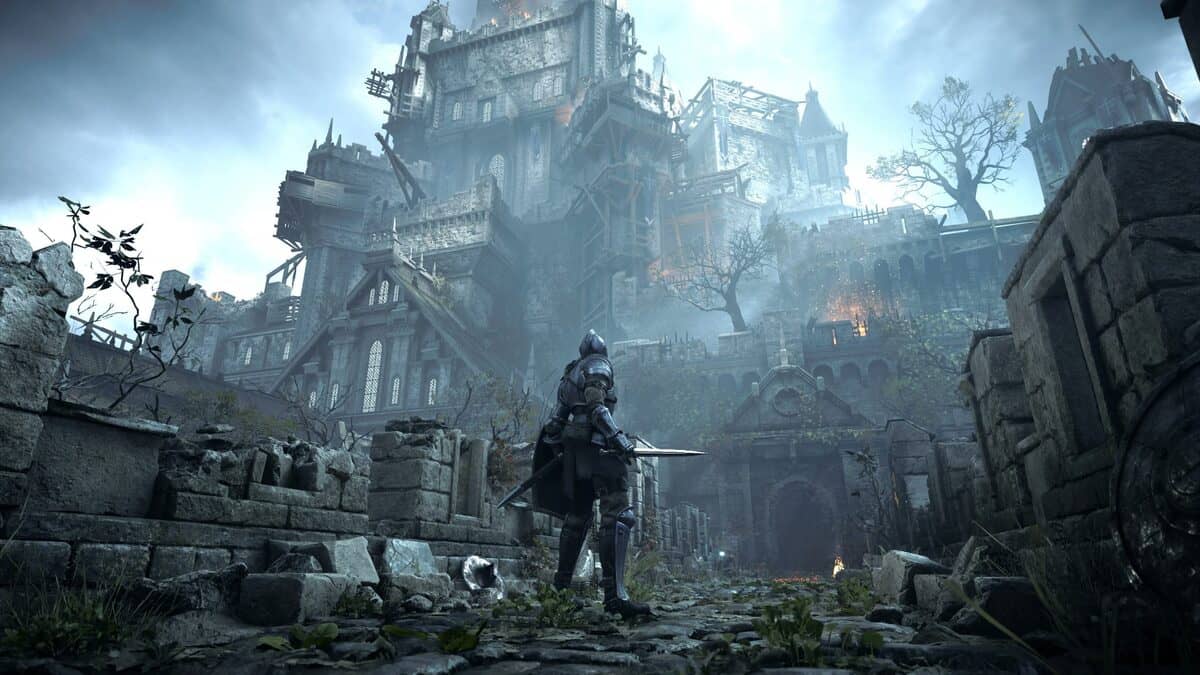The world of gaming has undergone a remarkable evolution over the years, transforming from humble pixelated beginnings into stunning realms of photorealism. This journey has been marked by technological advancements that have continually pushed the boundaries of what’s possible in the gaming industry. In this article, we’ll explore the fascinating evolution of gaming graphics and how they have evolved from simple pixels to photorealistic masterpieces.
Table of Contents
- Introduction
- The Early Days: Pixel Art and Sprites
- 2D to 3D: The Era of Polygonal Graphics
- The Birth of Realism: Textured 3D Worlds
- High-Definition and Beyond
- The Arrival of Ray Tracing
- Photorealism in Modern Gaming
- Challenges in Achieving Photorealism
- Conclusion
Introduction
Gaming has come a long way since its inception, with graphics playing a pivotal role in shaping the gaming experience. From the days of pixel art and simple sprites to the current era of photorealism, each step in the evolution of graphics has brought us closer to creating immersive virtual worlds.
The Early Days: Pixel Art and Sprites
In the early days of gaming, limited hardware capabilities meant that games featured pixelated graphics and 2D sprites. Games like “Pac-Man” and “Super Mario Bros.” relied on colorful, blocky visuals that ignited players’ imaginations.
2D to 3D: The Era of Polygonal Graphics
The transition from 2D to 3D graphics was a major milestone. Titles like “Super Mario 64” and “Tomb Raider” ushered in a new era of gaming with polygonal characters and environments. This shift allowed for more immersive experiences and complex level design.
The Birth of Realism: Textured 3D Worlds
With the advent of textured 3D graphics, games became even more realistic. “Quake” and “Final Fantasy VII” were among the early pioneers in delivering textured 3D worlds that featured characters and environments with more depth and detail.
High-Definition and Beyond
High-definition (HD) graphics marked a significant leap forward. Games like “Gears of War” and “Crysis” demonstrated the power of HD rendering, offering stunning visuals and realistic physics simulations.
The Arrival of Ray Tracing
Ray tracing, a rendering technique used to simulate the way light interacts with surfaces, has revolutionized graphics in recent years. Games like “Cyberpunk 2077” and “Control” leverage ray tracing to deliver incredibly lifelike lighting, reflections, and shadows.
Photorealism in Modern Gaming
Today, photorealistic games like “The Last of Us Part II” and “Red Dead Redemption 2” blur the line between reality and the virtual world. These games boast meticulously detailed characters, environments, and animations that immerse players in cinematic experiences.
Challenges in Achieving Photorealism
While gaming graphics have made extraordinary progress, achieving true photorealism remains a complex challenge. Rendering realistic human faces, natural physics, and convincing animations are areas that developers continue to refine.
Conclusion
The evolution of gaming graphics from pixels to photorealism is a testament to the relentless pursuit of innovation in the gaming industry. As technology continues to advance, we can only imagine the breathtaking experiences that lie ahead. Gaming has transformed from a realm of simple abstractions into a medium capable of conveying emotion, storytelling, and breathtaking beauty through photorealistic graphics. It’s an evolution that continues to captivate and inspire both gamers and developers alike.












